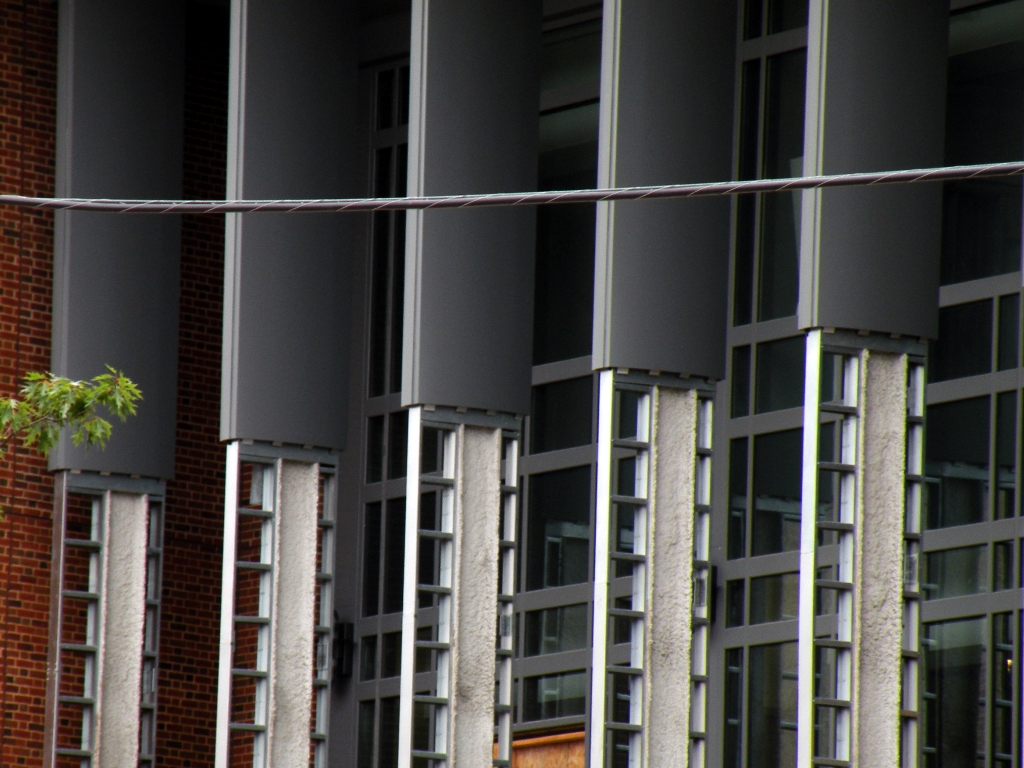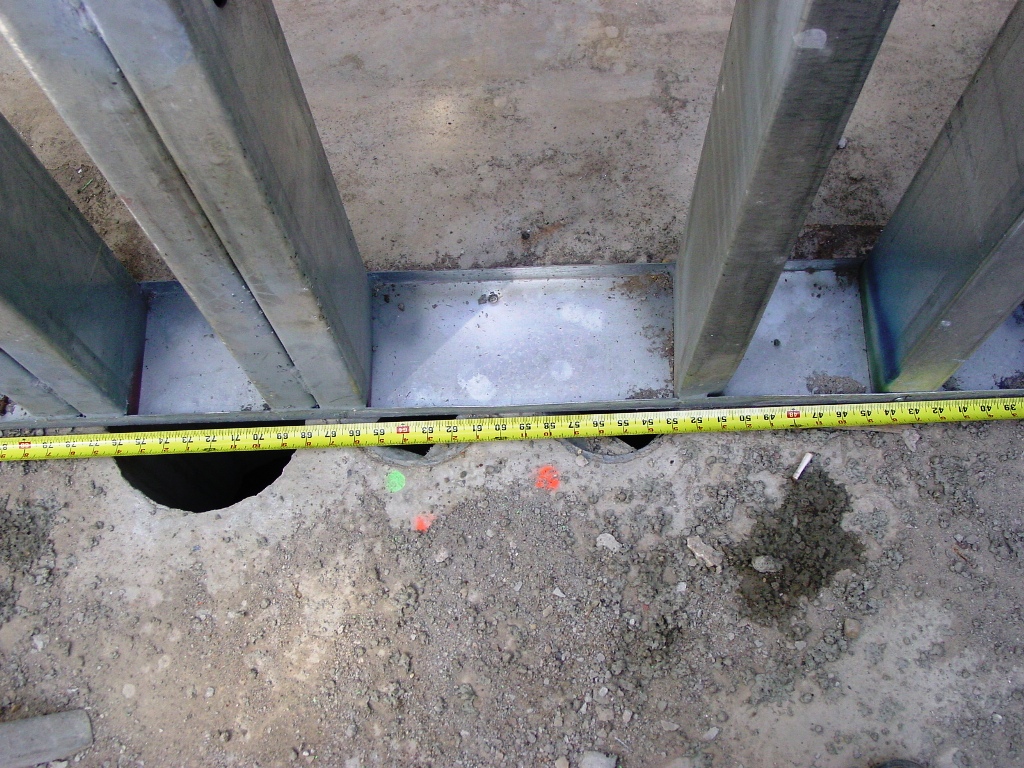
Cold Formed Steel Framing Members Usee For How To Identify Our
General Cold-Formed Steel Framing FAQs General Steel Home Construction FAQsCold-Formed Steel Engineers Institute 1 TECH NOTE F101-12 September 2012 test 5.00 This Technical Note updates and replaces LGSEA Technical Note 565D Summary: Screws are often used to attach Cold-Formed Steel (CFS) framing to wood members or wood struc- tural panel decking to CFS joists or rafters.ARCH 436 Contemporary Building Construction Methodsfor Cold-Formed Steel Framing Products The data in this guide is based upon the 2012 American Iron and Steel Institute’s S100-12 North American Specifi cation for the Design of Cold-Formed Steel Structural Members and meets the requirements of the IBC 2015 Building Code, as well as the 2016 California Building Code and 2014 Florida BuildingLecture Objectives Upon completion of this lecture, the student will be able to: 1. See ClarkDietrich's Product Identification sheet for more on how to identify our products. Protect coldformed steel framing from corrosion, moisture staining, deformation, and other damage during delivery, storage, and handling.Since Cold-formed steel and wood are the two most commonly used materials for light framing, it is relevant to compare their performance in the building.Department of Architecture and Building SciencesClarkDietrich S300 (CSS) members have a 3' flange and a 5/8' return and are used in very heavy loading and long spanning conditions. Comply with AISI S230 'Standard for ColdFormed Steel Framing Prescriptive Method for One and Two Family Dwellings.' 1.4 DELIVERY, STORAGE, AND HANDLING A.
Building systems made by assembling cold-formed steel (CFS).Applications of Light-gauge Steel Framing.Advantages & Disadvantages of Lightgauge Framing.Introduction Light gauge steel construction is the noncombustible equivalent of wood light frame construction. Describe the contraction process of light-gauge frame construction.The study also includes summaries of numerical models for connections, members, and shear walls 10. List the types of light-gauge frame construction. Discuss the advantages and disadvantages of light-gauge frame construction.
The most common shape for light-gauge steel is a lipped channel, although “Z”, “C”, tubular, “hat” and other shapes and variations have been used. In the 1940s, Lustron Homes Company, built and sold almost 2500 steel-framed homes in America, with the framing, finishes, cabinets and furniture made from cold-formed steel.Applications of Light-gauge Steel Framing Light-gauge (Cold-formed) steel framing refers specifically to members in light-frame building construction that are made entirely of steel sheets, formed to various shapes at ambient temperatures. The walls were load bearing masonry, but the floor system was framed with double back-to-back cold-formed steel lipped channels. One of the first documented uses of cold-formed steel as a building material is the Virginia Baptist Hospital, constructed around 1925 in Lynchburg, Virginia. In the 1920s and 1930s, acceptance of cold-formed steel as a construction material was still limited because there was no adequate design standard and limited information on material use in building codes.

For top and bottom wall plates and for joist headers, channel sections are used. The webs of cee members are punched at the factory to provide holes at 2-foot (600-mm) intervals these are designed to allow wiring, piping, and bracing to pass through studs and joists without the necessity of drilling holes on the construction site. Marine and salty environments also lower the lifetime of galvanized steel because the high electrical conductivity of sea water increases the rate of corrosion primarily through converting the solid zinc to soluble zinc chloride which simply washes away.The Advantages & Disadvantages of Light-gauge Framing AdvantagesLike wood light framing: flexible, simple to construct, and accept the same interior and exterior finishes.Readily conducts heat and requires extra attention to eliminating thermal bridging effects.Lighter weight, so it is an advantage in seismic zonesAlthough it is galvanized, it is subject to corrosion.More expensive, specially in the labor part.Steel is not subject to fungal decay or termite attack.Conducts electricity if not well isolated.Light-gauge Steel Members For studs, joists, and rafters, the steel is formed into C-shaped sections. For example, corrugated iron sheet roofing will start to degrade within a few years despite the protective action of the zinc coating. The most common method is hot-dip galvanization, in which parts are submerged in a bath of molten zinc.Although galvanizing will prevent attack of the underlying steel, rusting will be expected, especially if exposed to the natural acidity of rain.
As in wood light frame construction, the stud framing contains cavities for utilities and thermal insulation and accepts a wide range of finishes.Typical detail of the anchorage of a cold-formed steel bottom track to the foundation.Tilt-up construction is used for building stud wallsBecause assemblies are prefabricated, roof framing is in the form of trusses. Metal stud walls may be used as nonloadbearing partitions or as bearing walls supporting light-gauge steel joists. The coldformed steel studs can be easily cut and assembled with simple tools into a wall structure that is lightweight, noncombustible, and damp proof. The cold-formed steel joists can be easily cut and assembled with simple tools into a floor structure that is lightweight, noncombustible, and damp proof.Light-gauge Steel Joist Floors As in wood light frame construction, the framing contains cavities for utilities and thermal insulation and accepts a wide range of finishes.Light-gauge Steel Joist Floors The web stiffener is an important piece in light-gauge steel floors that is inserted inside the joist and screwed to its vertical web to help transmit wall loads vertically through the joist.Light-gauge steel studs are manufactured by cold-forming sheet or strip steel. The resulting steel joists are lighter, more dimensionally stable, and can span longer distances than their wood counterparts, but conduct more heat and require more energy to process and manufacture. A standard range of depths and gauges is available from each manufacturer, but commonly used metal thicknesses for loadbearing members range from 2.46 mm to 0.84 mm, and are as thin as 0.45 mm for nonloadbearing members.Light-gauge Steel Joist Floors Light-gauge steel joists are manufactured by cold-forming sheet or strip steel.
Framing is usually constructed with the platform method the ground floor is framed with steel joists. A typical depth is one quarter of the width (span) of the building.Framing Process The sequence of construction for a building that is framed entirely with light gauge steel members is essentially the same as for a building framed with nominal 2-inch wood members. Additionally, the joints between members of a cold-formed steel truss are more rigid, so that the trusses are easier to handle and more forgiving during their placement.The depth of light gauge steel roof trusses is usually based on the desired roof pitch.



 0 kommentar(er)
0 kommentar(er)
